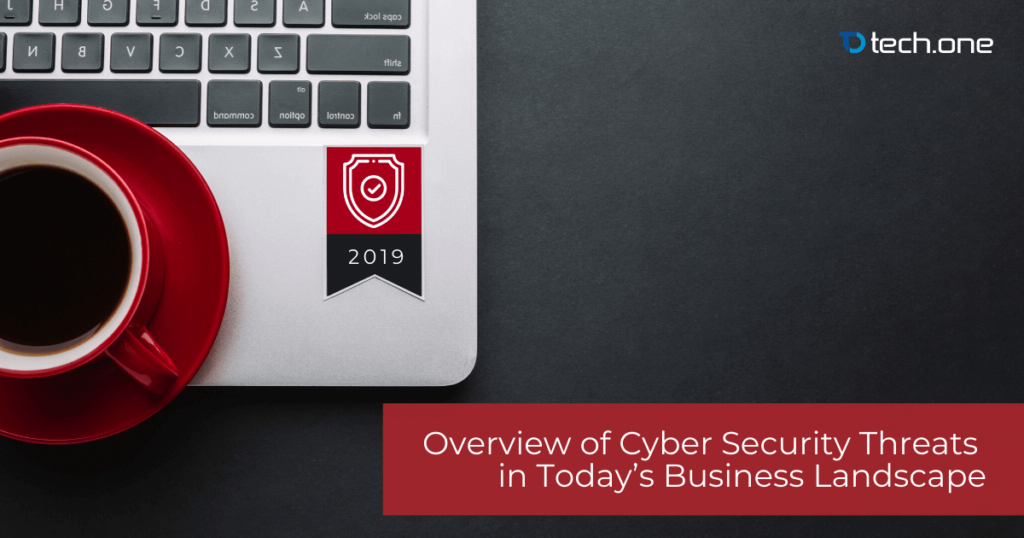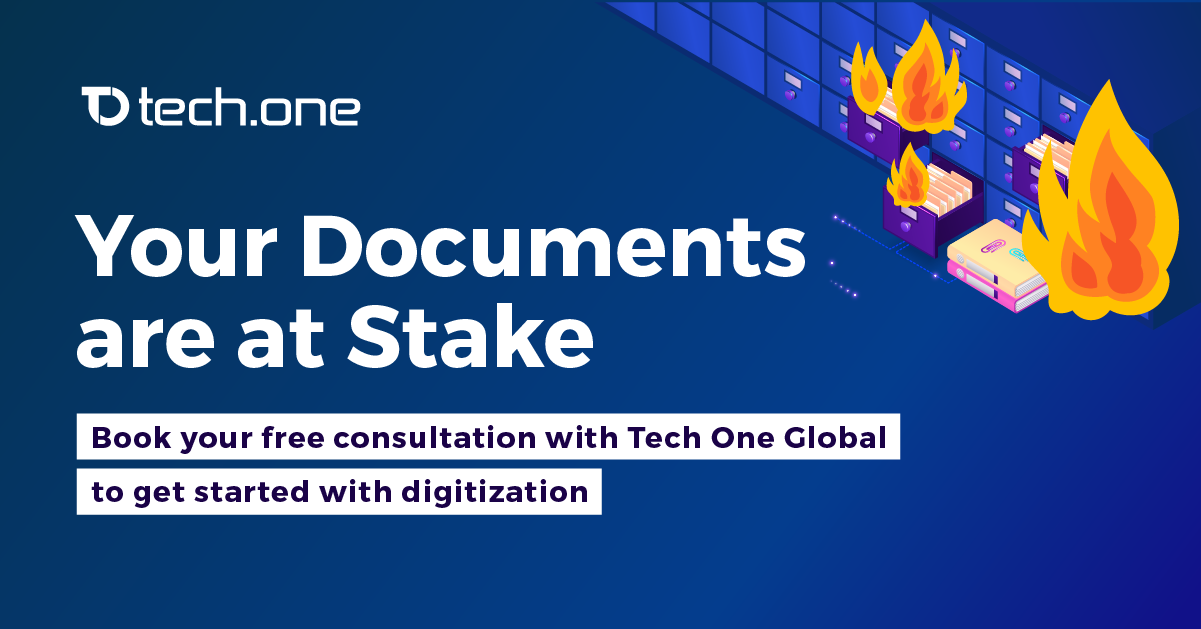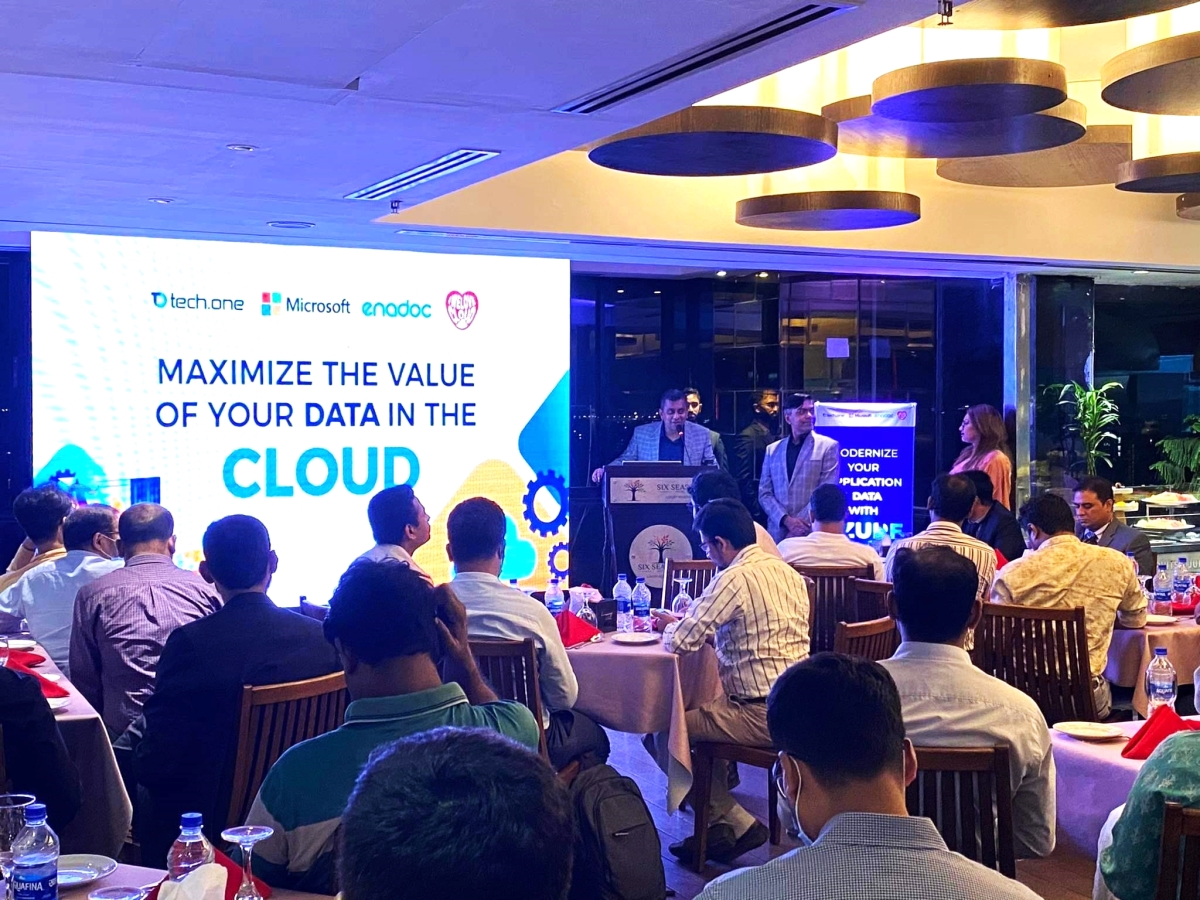
Digital transformation has given many advantages to modern businesses. But it has also brought an explosion of cyber security threats worldwide.
These threats adapt fast to the digital innovations we have been consuming since the conception of Dx. But what’s alarming is the projected $6 trillion global annual damage by 2021 and its repercussions to state relations, education, and even our current perception of the technologies we are using.
Where do we stand in today’s cyber security warfare?
Fast Threat Evolution
These threats are ever adaptive to security innovations, regardless of how advanced cyber security technologies may be. Here’s how these threats evolved:
- More sophisticated ways for phishing – Gone are the days of using links to infect devices and systems with malware. Cybercriminals now use more advanced ways for phishing, such as machine learning to craft and disseminate more “relevant” fake messages to easily land inboxes. This leads to theft of data such as personal information, logins, and more detailed financial info.
- New ransomware strategies – A ransomware still has the same scheme: steal someone’s database and hold it for ransom. The payment method? Cryptocurrency, which is among the innovative platforms that cybercriminals use for claiming ransom money from its victims.
- Strong Cryptojacking efforts – This is among the cryptocurrency’s effects on cyber security. Cryptojacking is simply “piggybacking” on someone else’s system to suck out high computer processing powers to “mine” for cryptocurrencies. This causes system performance issues and severe downtimes.
- Rampant cyber-physical attacks – The pains of innovations are pretty salient for these threats as it uses the same technology that allowed us to improve and modernize infrastructures such as transportation systems, healthcare portals, electrical grids, and many others. This is a tech foul play that paralyzes systems for massive use.
- IoT attacks – The Internet of Things (IoT) has become a household term for connecting laptops/tablets to webcams, smartwatches, home security systems, and others. Statista.com predicts that by 2020, 31 billion devices are already interconnected through IoT. This means that more connected devices lead to greater opportunities for hackers to infiltrate these connections and cause data theft, system downtimes, or network overload.
State-sponsored Attacks
Breaking in and damaging one’s cyber security structure is always deliberate. And it creates a whole new situation as to where or whom these attacks come from. Today’s current cyber security teaches us that attacks can come from anybody and that these can be only for strategic efforts between states.
Just like balancing nuclear weapon ownership and usage in the 1950s, this type of attack serves as equalizers that shift the balance of power between state relations today. This could mean that smaller economies will be able to establish a competitive cyber team to take on larger states.
McAfee, a top cyber security provider, even mentioned it in an article that cyber warfare skills are now a necessity for international politics that both covers both offensive and defensive capabilities.
Shortage of Cyber Security Professionals
The number of cyberattacks mismatches the current pool of cyber security professionals. There has been an exponential growth in headhunting such professionals across the globe—350% increase from 2013 to 2021, creating 3.5 million cyber security positions.
This severe skillset shortage becomes a double-edged sword for the industry: it creates more opportunities for employment, and at the same time stirs the alarm for organizations that haven’t hired a cyber security professional amidst the attacks.
This also puts pressure on the education sector, especially for IT degrees, to revisit curriculums and include basic to intermediate cyber security courses for equipping the next line of IT professionals.
It’s all interconnected now through Dx, not just the technologies used to make life easier but also the troubles those could give or encounter. Thus, the current state of cyber security highly affects the global social-economic posture and trickles down to the very minute part of industries: businesses and organizations.
Adapting and surviving this trend should be easy with a trusted tech partner nearby. We’re here to help. Let’s talk.
Sources:







